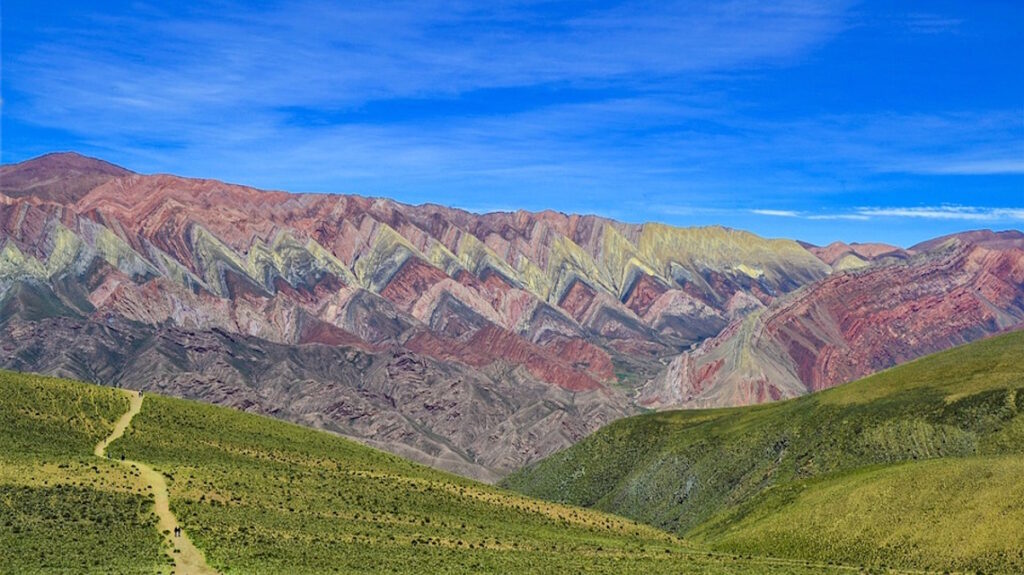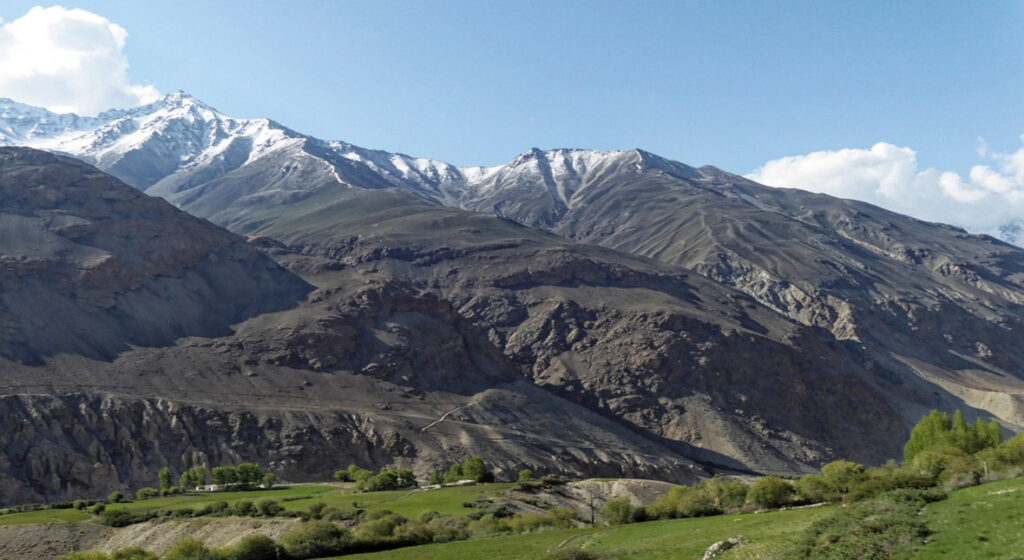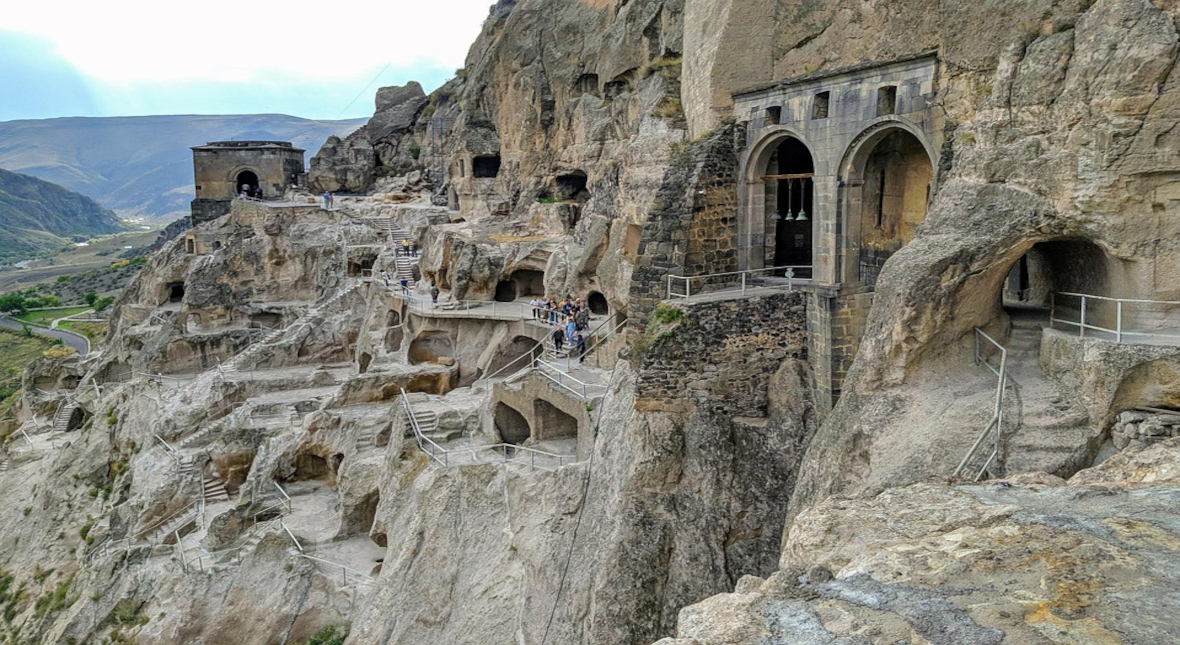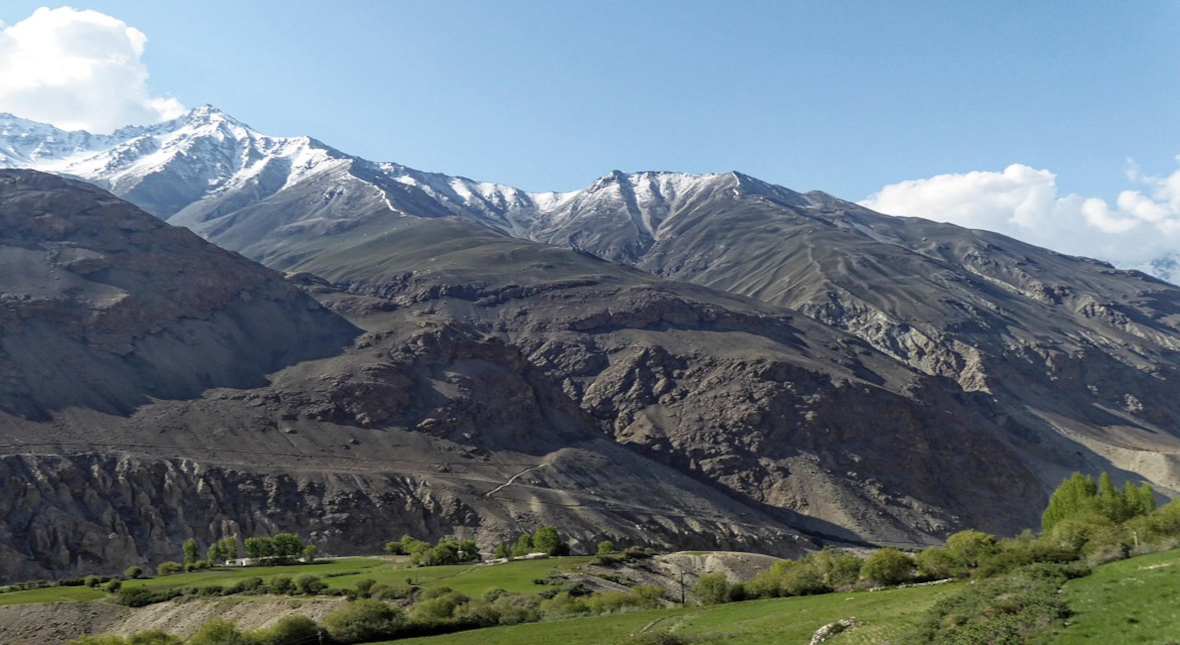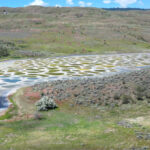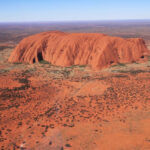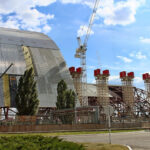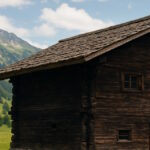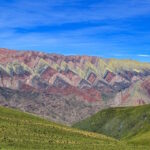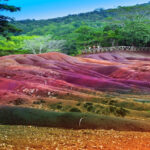Now Reading: The Geoscience Behind Geyser Lake: Where Earth’s Hidden Pulse Meets Glacial Calm
-
01
The Geoscience Behind Geyser Lake: Where Earth’s Hidden Pulse Meets Glacial Calm
The Geoscience Behind Geyser Lake: Where Earth’s Hidden Pulse Meets Glacial Calm
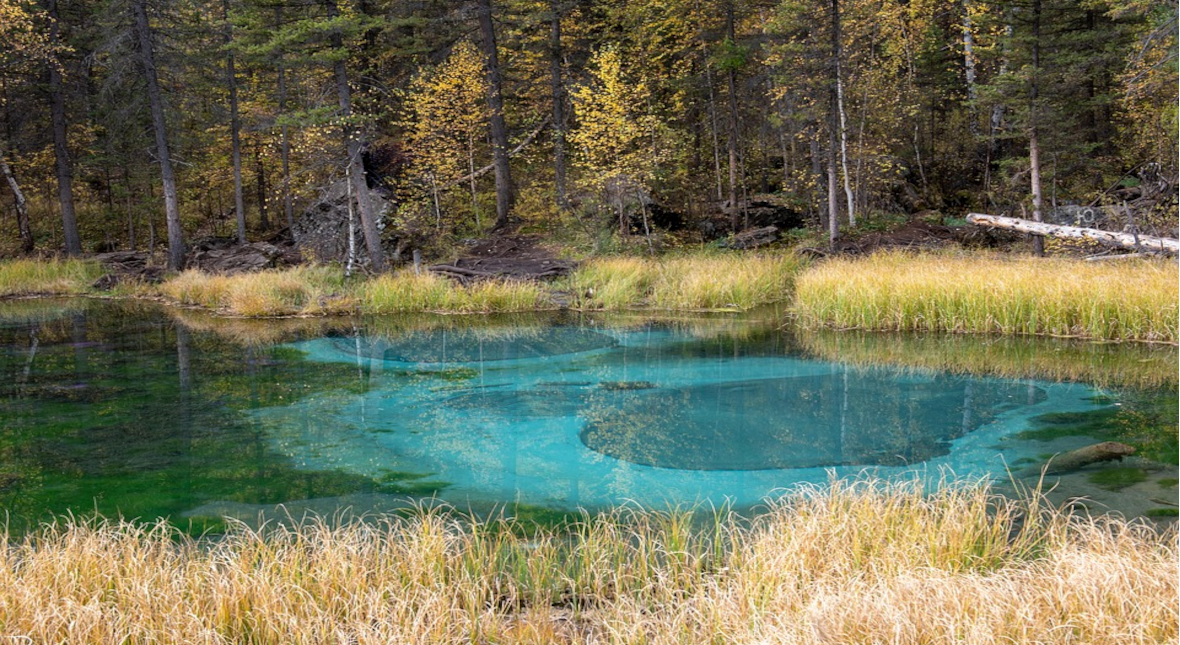
Deep within Russia’s southern Siberia, among the glacier-carved valleys and rugged peaks of the Altai Republic, lies a natural spectacle that seems almost otherworldly in its elegance. Known locally as Гейзерное озеро (Geysernoye Ozero) and informally as Geyser Lake, this tiny body of water—no more than 30 meters in diameter—has captivated travelers, scientists, and photographers alike.
Its brilliant turquoise waters, combined with hypnotic, swirling patterns on the lakebed, offer a glimpse into one of nature’s rarest and most delicate geothermal phenomena. Yet unlike explosive geysers or steaming volcanic lakes, Geyser Lake is a study in subtlety, where Earth’s internal energy rises not with violence, but with rhythm and grace.
A Cold Geyser in a Non-Volcanic Region
Unlike Yellowstone’s eruptive geysers or Iceland’s steam-belching fumaroles, Geyser Lake exists in a non-volcanic zone. It’s located in the Altai Mountains, a geologically active region shaped more by tectonic uplift, crustal deformation, and glacial activity than by volcanism.
So how can geyser-like behavior occur here?
The answer lies in the complex interplay between groundwater, geothermal gradients, and structural faults in the Earth’s crust.
Key Factors:
-
Tectonic Fracturing: The Altai region is riddled with ancient fault lines where crustal plates have collided, compressed, and fractured over millions of years.
-
Hydrothermal Circulation: Groundwater percolates deep into the crust, becomes slightly heated, and absorbs minerals from the surrounding rocks.
-
Gas Accumulation: As pressure builds, gases—mainly CO₂ and methane—dissolve into the water and eventually seek release.
-
Periodic Discharge: When pressure reaches a critical point, the mixture of gas, water, and fine sediment is ejected upward, forming the sediment rings for which the lake is famous.
This system is analogous to a cold geyser—driven not by superheating but by gas pressure and hydraulic instability.
Geothermal Heat: Quiet but Persistent
While the Altai Mountains are not volcanic, they do exhibit geothermal gradients—meaning temperature increases with depth. These gradients are enough to slightly warm subsurface water.
How Warm is It?
-
Temperatures below the lake may reach 15–30°C—far from boiling, but sufficient to drive convection.
-
This slight heating is enough to mobilize groundwater and dissolve minerals, especially under pressure.
-
The geothermal reservoir is likely small and local, tied to crustal weaknesses or past seismic activity.
Though subtle, this heat source creates a stable cycle of upward flow, replenishing the lake’s swirling patterns without scalding the environment or triggering eruptions.
Gas-Laden Water and Subsurface Pressure
Perhaps the most unusual aspect of Geyser Lake’s activity is its reliance on pressurized gas emissions.
As groundwater interacts with subsurface minerals and organic materials, it absorbs gases such as:
-
Carbon dioxide (CO₂)
-
Methane (CH₄)
-
Trace amounts of nitrogen and hydrogen sulfide
These gases are trapped beneath the lakebed within clay-silt layers. Over time, they accumulate pressure, pushing upward. When that pressure is released, it carries with it a plume of blue clay and minerals, which then settle in symmetrical or spiral rings.
This episodic venting forms the lake’s iconic patterns—earth’s breath made visible in mineral ink.
Mineral Sediments: The Palette Beneath the Pool
The suspended particles released during these discharges are rich in hydrothermally mobilized minerals, which include:
-
Silica (SiO₂) – contributes to water clarity and particle suspension.
-
Aluminum oxides – give the blue-white tint to the sediment.
-
Calcium carbonate (CaCO₃) – involved in the faint pearlescent quality of the water.
-
Iron compounds – may oxidize and create yellowish or brownish hues near vents.
These minerals react subtly with sunlight, creating a luminous interplay of reflection and refraction, particularly under midday sun. Additionally, the fine grain size of these particles contributes to Rayleigh scattering, which preferentially reflects shorter (blue and green) wavelengths of light—enhancing the lake’s signature color.
The Mechanics of Swirling Rings
The lakebed is not static—it is reshaped weekly, even daily, by the underwater “geysers.” Here’s how the process unfolds:
-
Gas pressure builds beneath the sediment layer.
-
Hydrostatic instability causes a vent to rupture.
-
A plume of gas and silt is released, expanding outward like a drop of ink in water.
-
The sediment settles in concentric rings, guided by fluid dynamics and gravity.
-
The location of the active vent shifts over time, leading to overlapping and interwoven rings.
The result? A dynamic palimpsest of sediment halos, each one a silent timestamp of a small geophysical event.
Global Context: How Rare Is This Phenomenon?
Few natural environments on Earth match Geyser Lake in terms of:
-
Color
-
Clarity
-
Pattern formation
-
Geothermal behavior without heat extremes
Comparable features might include:
-
Boiling Springs Lake in Lassen Volcanic National Park (California), but it’s highly acidic and far more violent.
-
Lake Fryxell in Antarctica, which also blends glacial input with subsurface flow, but lacks visible sediment rings.
-
Kawah Ijen Crater Lake in Indonesia is vibrant blue, but extremely acidic and volcanic.
Geyser Lake occupies a unique niche as a non-volatile, visually active cold geyser system, making it globally rare and scientifically valuable.
An Ecosystem of Extremes
While Geyser Lake appears lifeless at first glance, its waters may support specialized microbial life adapted to mineral-rich, low-temperature hydrothermal environments.
Scientists are intrigued by the possibility of:
-
Chemotrophic bacteria that feed on minerals from the geysers.
-
Microorganisms that survive in cold, alkaline waters, offering analogs to life in extreme environments (e.g., Mars or Europa).
So far, the lake has not been extensively studied, making it a potential goldmine for extremophile biology and climate-related hydrology research.
Conclusion
Geyser Lake, located in the Altai Republic of Russia, is a stunning natural wonder known for its vibrant blue color and swirling patterns created by geothermal activity. Unlike traditional geysers that erupt with jets of water, this lake exhibits a unique phenomenon where subsurface geothermal springs periodically release bursts of gas and sediment, forming mesmerizing concentric rings on the lakebed.











